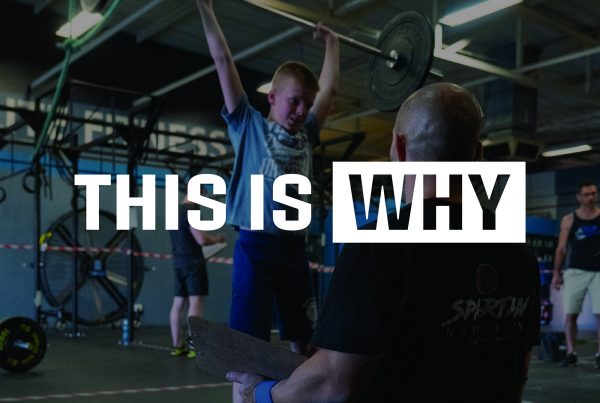We believe that the safety, efficacy and efficiency of training programs are the most important facets of that program. We also know that measurable, observable and repeatable data is needed to evaluate safety, efficacy and efficiency. Safety simply refers to the rate of injury; efficacy is the ability to produce an intended result (increased fitness); and efficiency refers to achieving that result quickly. What sort of data supports those facets, though?
Numbers. Your training numbers.
The best training numbers to record are your benchmarks. The numbers we use on our athletic skill levels chart, and the fitness tests we program during test weeks. While it’s good to know how you performed on any given day, the majority of the workouts you do are constantly varied – you’re unlikely to do them every again. So those numbers won’t tell you much. However, the benchmarks programmed for you are repeatable and therefore allow us to measure change over time.
So your benchmarks allow us to evaluate how safe, efficacious and efficient our training programs are. However, recording your benchmarks are more beneficial for you. Here’s why:
It shows you where you’ve come from
Everyone started their health and fitness journeys somewhere, but most people forget about where they’ve come from. If you have a record of what you were able to accomplish when your journey began, and you have your most recent abilities recorded to compare that to, you have the greatest source of reward and motivation. This is especially helpful when you didn’t perform as well as you would have liked in a competition or during test weeks. All you need is a look back to where you’ve come from to remind you of how much you’ve actually accomplished in such a short space of time.
It helps with goal setting
For the most part, everyone would like to look better naked and get fitter. But how do you know if you’re getting there without knowing where you actually want to be? By setting smart goals. In order to set goals, though, you need a baseline. What is your body composition now, where would you like it to be, and what is a realistic timeline are questions we ask to get you to looking better naked. How many squats can you do in a minute, how quickly can you run 800m, what is your “Helen” time, are the sorts of numbers we use to set fitness-based goals. Those benchmark numbers are a part of the goal setting process, and goal setting is central to success.
It guides your efforts in regular training
Benchmark numbers tell you what you are capable of and what areas of your fitness are still improving. That sort of information is essential to making good decisions when scaling and modifying workouts. Good decisions here determine your intensity, and intensity is the independent variable most important for results.
It’s you versus you
The group environment is one of support and competition. But it’s easy to confuse that competition as you competing with others. Having someone to chase in a workout is only good competition because it’s forcing YOU to work harder. Frequently going back to your benchmark numbers for comparisons are a subconscious reminder that you’re ultimately competing against your previous self.
—
Get yourself a logbook, use Excel, learn about the number of fitness tracking apps available, and get it all set up for the next test week in 12 weeks time. Record your efforts when he hit those tests, and repeat the process every time a benchmark comes up.



